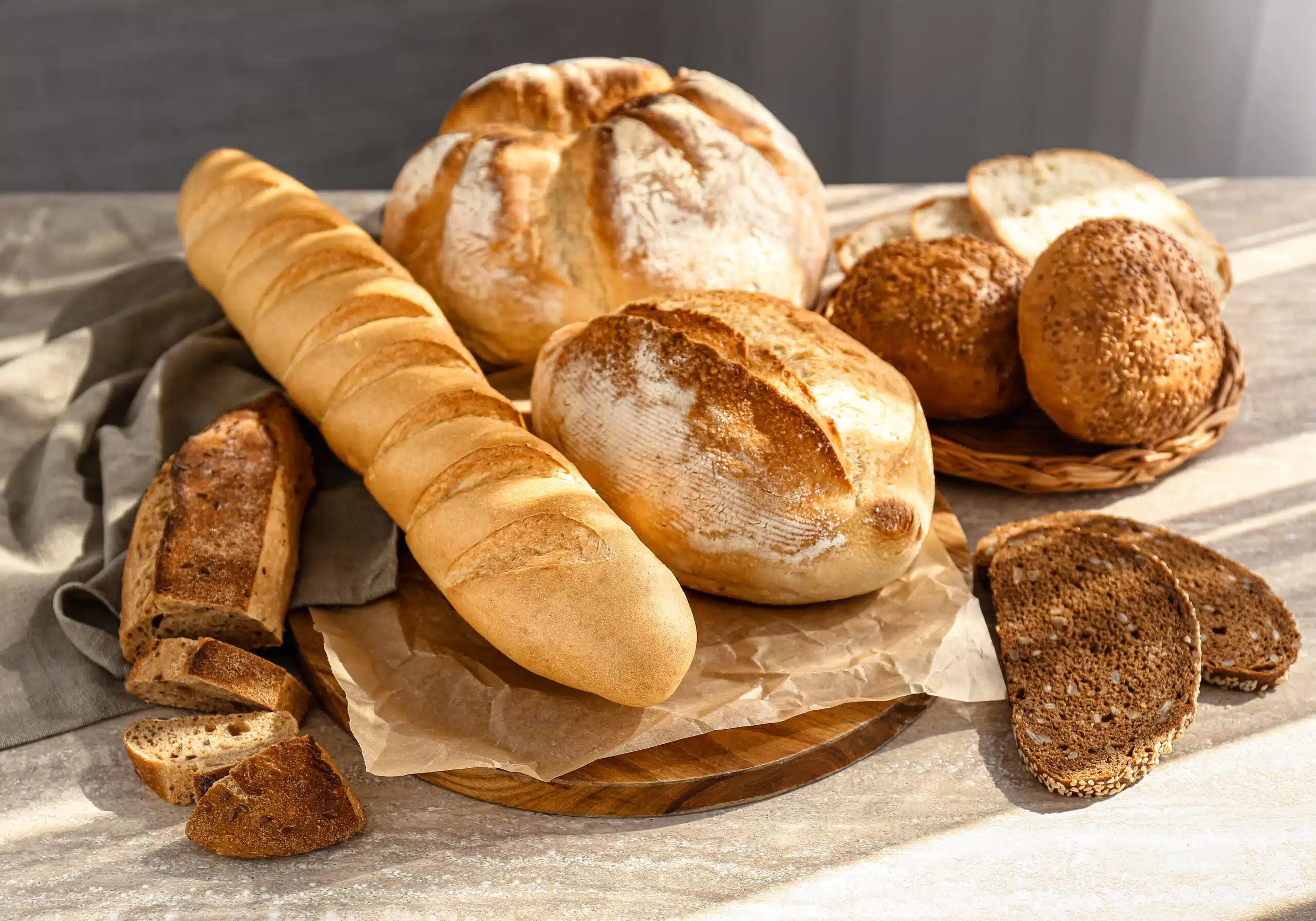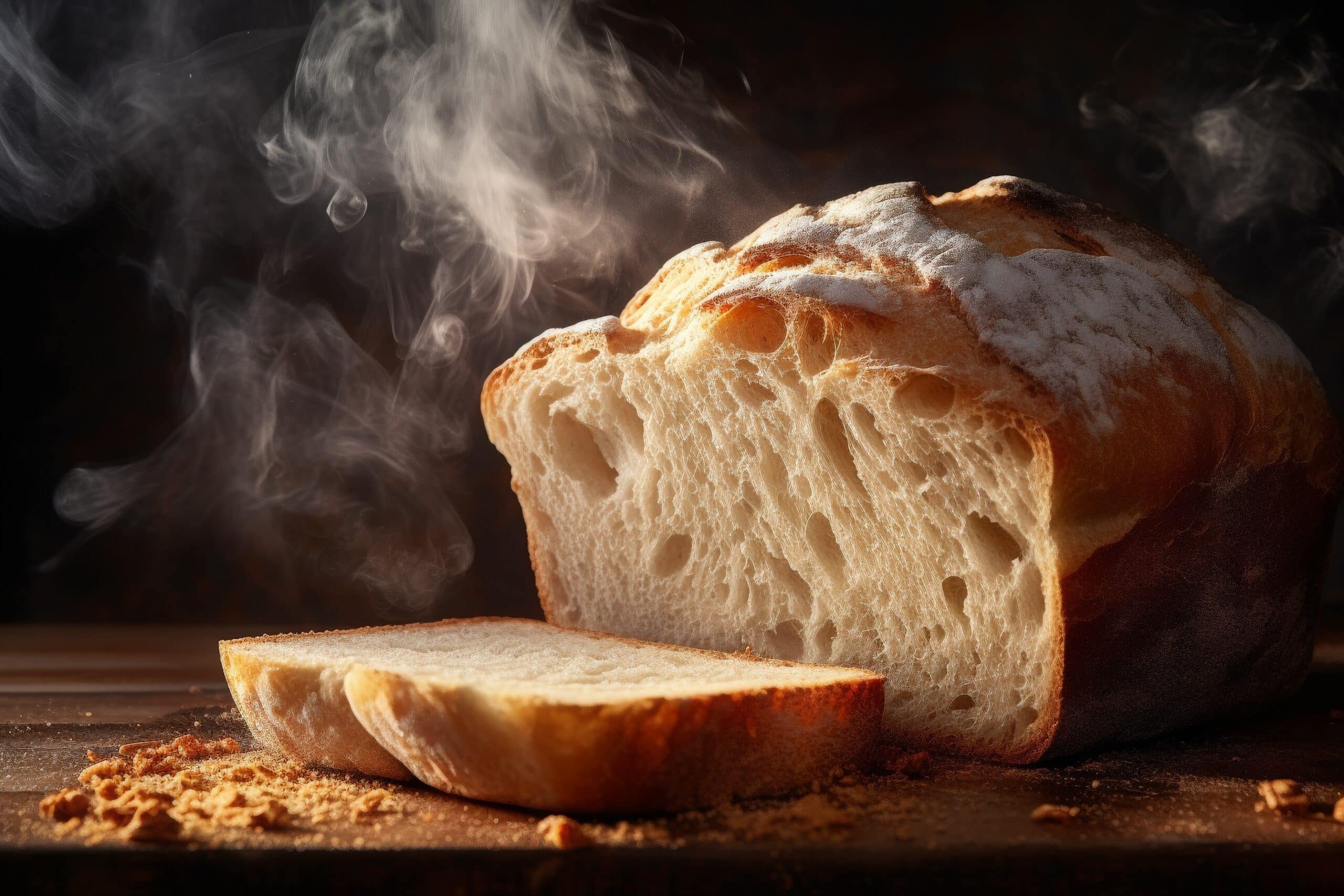The Tapioca Root, commonly known as cassava, manioc, or yucca, ranks as the third most important carbohydrate source globally. Native to South America, it serves as a staple food in tropical and subtropical regions of South America, Africa, Asia, and the Pacific Islands. Many cultures that utilize the root also incorporate its leaves into their diets, as they are a rich source of protein.
Cassava or Tapioca?
Cassava (and Manioc and Yucca) are all names for the same starchy tuber grown throughout South America, Africa, and Asia. The tuber roots of the Cassava plant are referred to as Tapioca.
Growing Regions & Production
The largest producers of tapioca are Nigeria, Thailand, Indonesia, Brazil, Vietnam, and Cambodia. Most cassava-growing countries are developing nations, which often lack the quality assurance systems required by GFSI standards. Thailand and Brazil are the leaders in this sector.
By partnering exclusively with producers that maintain robust quality assurance controls, we ensure high-quality products and that the total hydrocyanic acid content remains within the accepted limit of 10 mg/kg.
Benefits of Tapioca Starch
Tapioca starch is a valuable ingredient in gluten-free baking, offering several benefits that enhance both texture and taste. Its fine, silky consistency helps create a light and airy structure in baked goods, making it an ideal substitute for wheat flour. When used in combination with other gluten-free flours, tapioca starch contributes to a chewy texture, similar to that of traditional baked items. Additionally, it has excellent moisture-retaining properties, which helps keep gluten-free products from becoming dry and crumbly, resulting in a more enjoyable eating experience.
Another significant advantage of tapioca starch is its versatility in various recipes. It acts as a thickening agent, making it perfect for sauces, puddings, and pie fillings, while also providing a crispiness to baked items like cookies and breads. Moreover, tapioca starch is neutral in flavor, allowing other ingredients to shine without overwhelming the dish. Its ability to bind ingredients together further enhances the overall quality of gluten-free baked goods, making it a go-to choice for home bakers and professional chefs alike who seek to create delicious and satisfying gluten-free treats.


